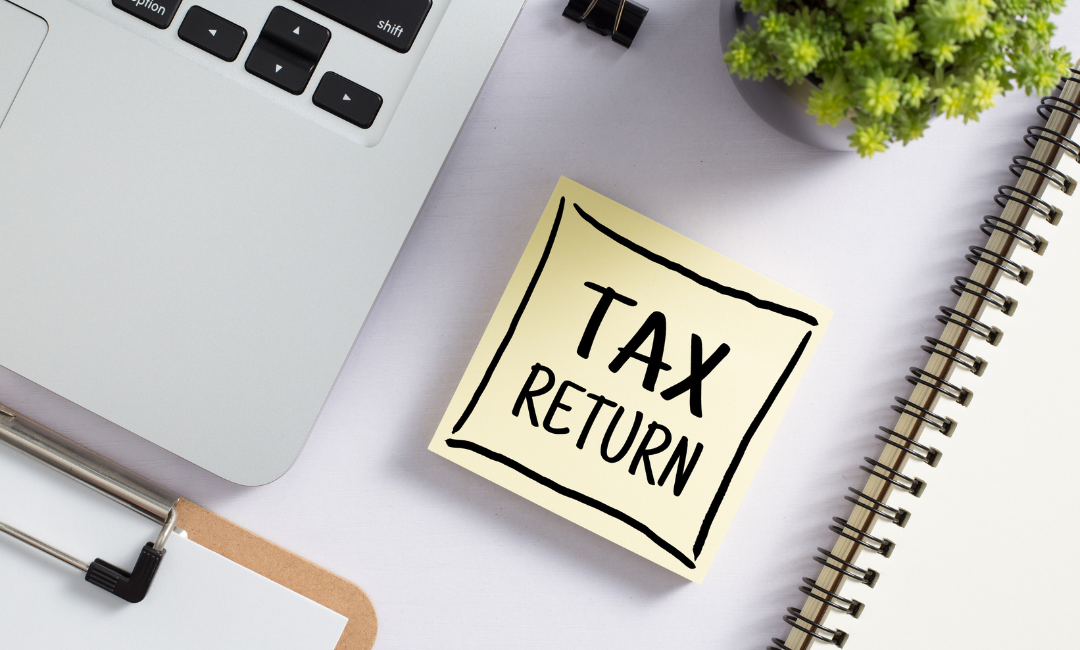Navigating the complexities of tax returns can be daunting, especially with ever-changing tax laws and regulations. For individuals and businesses in Mississauga, seeking professional assistance for tax returns is a smart decision that brings peace of mind and several benefits. Whether you’re filing as an individual, self-employed, or managing corporate taxes, H&T Accounting Service ensures accuracy, compliance, and savings. Our expert guidance streamlines the process significantly.
With a team of professionals, we handle your tax returns efficiently, providing peace of mind throughout tax season. Whether you are filing tax returns in Mississauga or tax returns in Brampton, H&T’s expertise can help you maximize deductions and minimize liabilities. In this blog, we will discuss the benefits of professional assistance for your tax returns in Mississauga.
Expertise and Knowledge
The first and most significant benefit of outsourcing your taxes is the expertise that professionals bring in understanding tax codes and legislation. Tax laws are constantly evolving, often introducing complexities that can be challenging to navigate. It is not advisable for a layperson to handle tax preparation, as professionals stay updated on the latest tax codes and filing requirements. Their knowledge is crucial for managing specific tax conditions based on individual tax status or business needs in Mississauga, Oakville, Milton, or Brampton.
Maximising deductions and credits
Tax professionals have in-depth knowledge of hundreds of tax laws, allowing them to identify valuable deductions and credits that clients may be eligible to claim. In our experience, a lack of information is one of the primary reasons many working taxpayers fail to take full advantage of available tax deductions. Professionals have a deeper understanding of various eligible deductions, including business-related expenses such as home office costs. Optimizing these benefits can significantly reduce your total tax liability—a crucial advantage, especially for freelancers and business owners in Mississauga and neighboring areas such as Oakville, Milton, and Brampton.
Preventing Costly Tax Errors
Filing taxes on your own comes with certain risks, as even minor oversights can lead to financial penalties. Common mistakes include failing to accurately report income, miscalculating allowable deductions, or not providing essential information required by the Canada Revenue Agency. Such errors can result in fines, penalties, or, in the worst-case scenario, an audit. Experienced tax preparers help safeguard against these risks by ensuring that all relevant data is accurately recorded and submitted using the correct tax forms. This level of diligence can prevent potential complications, particularly for individuals with complex tax situations in Mississauga, Oakville, Milton, or Brampton.
Time-Saving Convenience
Tax return preparation has become an increasingly time-consuming task. Compiling documents, categorizing expenses, and calculating totals can take up significant time, whether for individuals or corporate entities dealing with complex accounting matters. Hiring a tax professional not only ensures efficiency and accuracy but also saves valuable time—time that could be better spent on other aspects of life or business. This is especially beneficial for working professionals who may lack the necessary skills or availability to manage their taxes properly. In cities like Mississauga, Oakville, Milton, and Brampton, where busy schedules are common, professional tax assistance can make all the difference.
Tailored Tax Solutions for Businesses
For Tax Returns in Mississauga, we provide professional accounting services tailored to meet the unique tax needs of businesses and individuals. Our experts specialize in tax returns in Mississauga, payroll taxes, and Goods and Services Tax (GST) or Harmonized Sales Tax (HST) filings. Beyond tax preparation, we offer valuable insights on tax planning to help you optimize deductions and achieve your financial goals. With our expertise, you can effectively manage both direct and indirect taxes, ensuring compliance and maximizing savings. Our services also extend to businesses needing tax returns in Oakville, Milton, and Brampton, helping clients across these regions navigate their tax obligations with ease.
Peace of mind and reduced stress
Tax season can be overwhelming, but working with a professional can significantly reduce stress by ensuring your taxes are handled accurately and efficiently. With expert assistance, you can have peace of mind knowing your tax filings are in compliance with the latest regulations. This reassurance allows you to focus on other important aspects of life—whether personal, social, or professional—without the added burden of tax-related concerns. Choosing H&T Accounting Service as your tax consultant provides confidence and reliability, whether you are filing tax returns in Mississauga, Oakville, Milton, or Brampton.
Final Thoughts
If you hire a professional for tax returns in Mississauga, you can enjoy several advantages. First, all possible deductions will be claimed to maximize your savings. Second, tax laws and regulations will be strictly followed, ensuring compliance and minimizing risks. For freelancers, business owners, and those unfamiliar with tax processes, seeking assistance from a tax expert is a valuable investment, not a waste of time, money, or energy. If you want a seamless tax filing experience with the best results, get in touch with H&T Accounting Service, your trusted partner for Tax Returns Oakville, Tax Returns Milton, Tax Returns Mississauga, Tax Returns Brampton.










